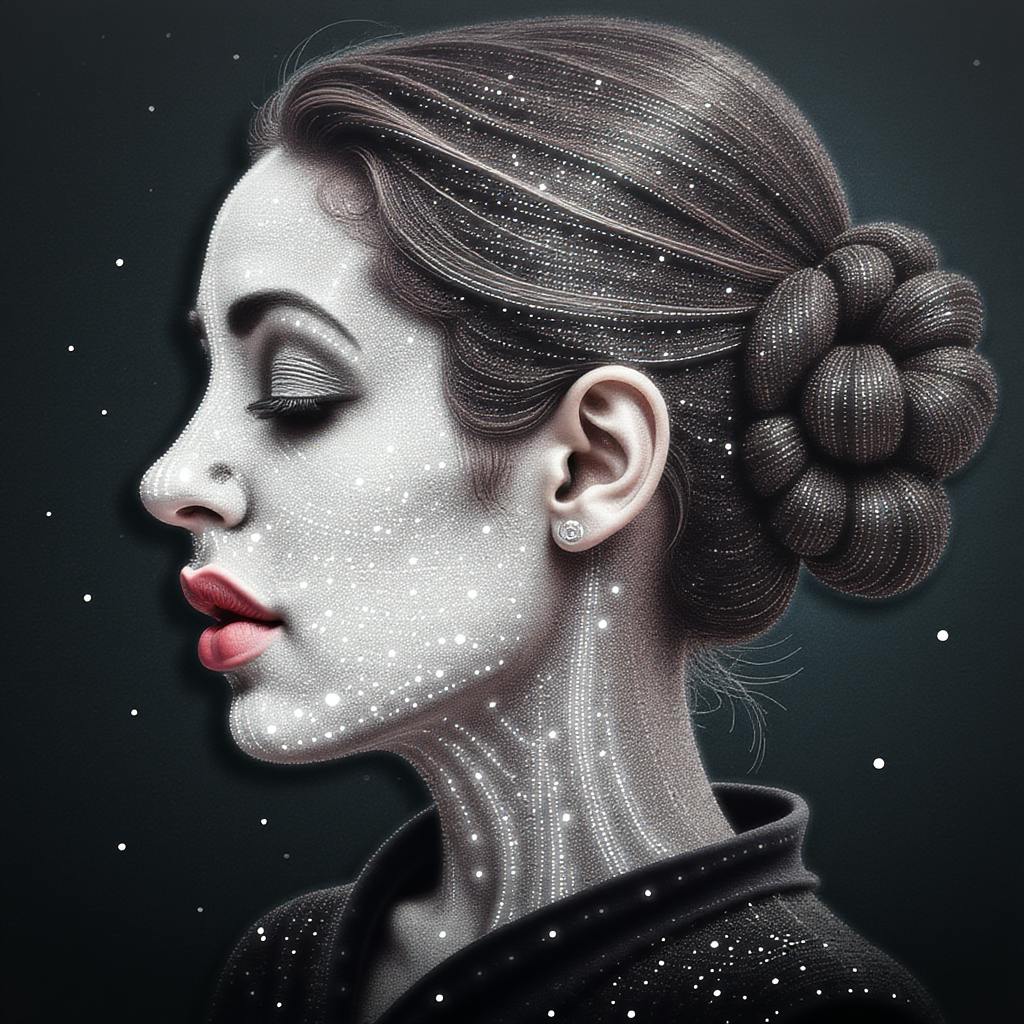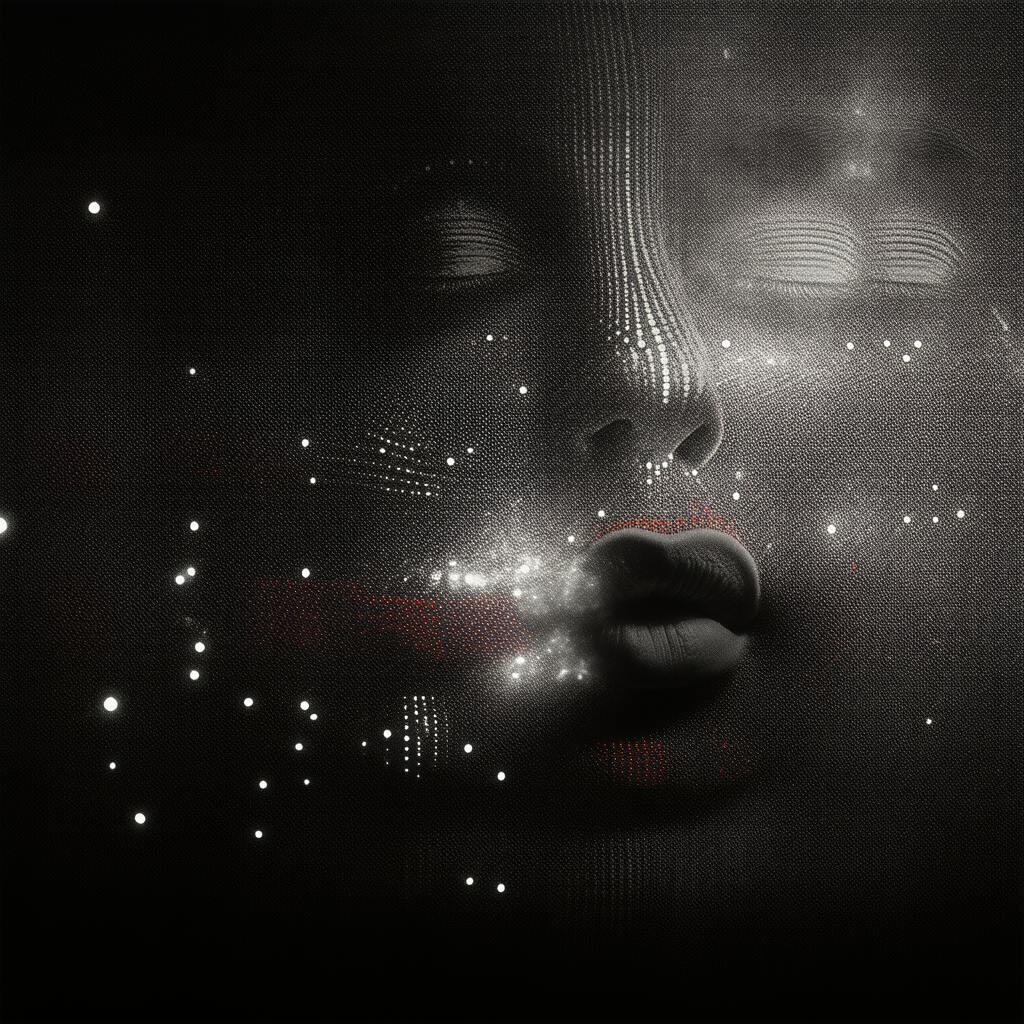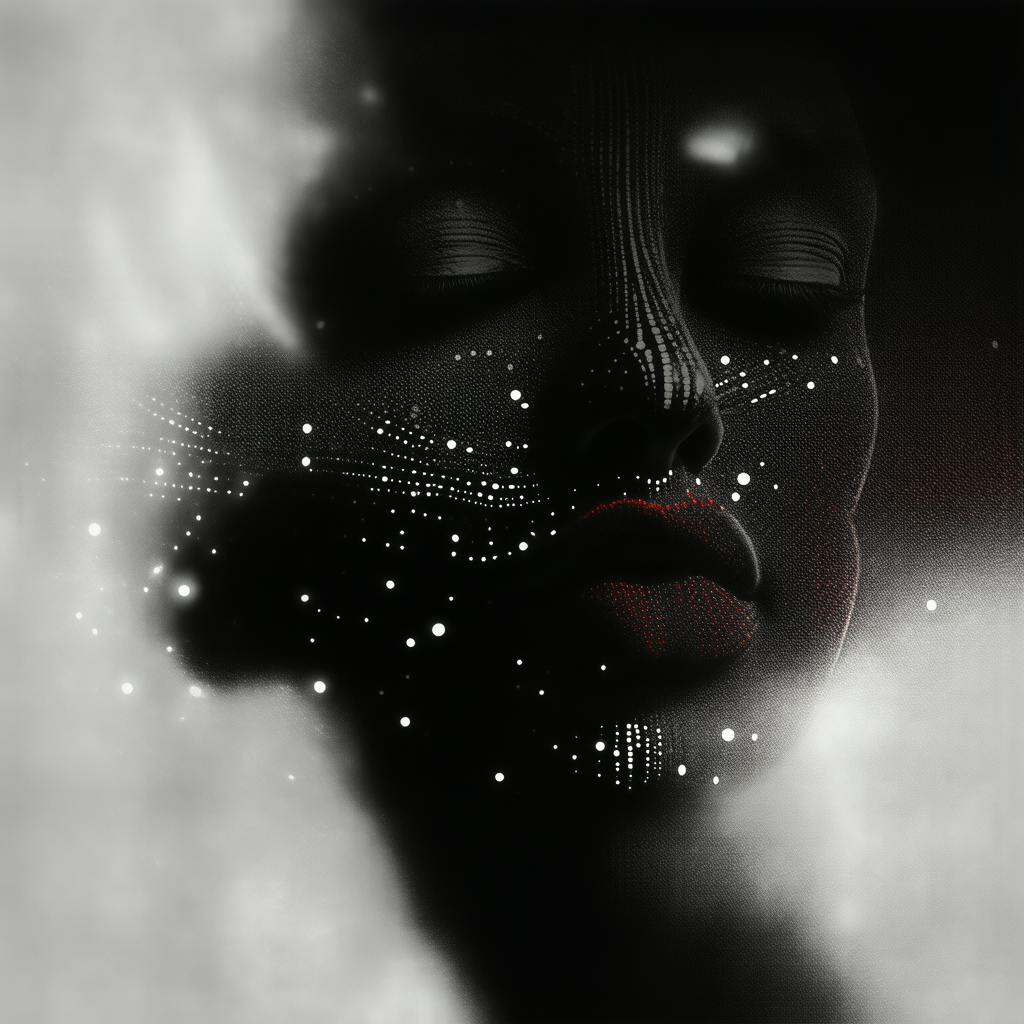Illustration plays a pivotal role in the world of visual storytelling, bridging the gap between imagination and reality. But what is an illustration? Simply put, an illustration is a visual representation that accompanies, explains, or enhances a text, idea, or concept. Distinct from a mere sketch, which often serves as a rough outline or draft, a completed illustration is a polished piece of art designed to communicate a specific narrative or message. In this article, we'll explore the various types of illustrations, their uses, and the impact of AI on the workflow of illustrators and designers.
Understanding the Essence of Illustrations
Illustrations have been an integral part of human communication for centuries, from the intricate cave paintings of our ancestors to today's vibrant digital artworks. Unlike sketches, which are often preliminary drawings, illustrations are finished artworks that convey stories, evoke emotions, or depict complex information in an accessible and engaging way. This ability to visually narrate stories makes illustrations a powerful tool in both personal expression and professional communication.
Types of Illustrations
Illustrations come in different styles and types, each serving unique purposes. Below are some of the most common types:
- Editorial Illustrations: Found in magazines and newspapers, these illustrations accompany articles to add depth or highlight key points.
- Children's Book Illustrations: Crafted to captivate a young audience, these are often colorful and imaginative, bringing stories to life.
- Concept Art: Used mainly in film and gaming industries, concept art visualizes ideas that will eventually be developed into characters, settings, or scenes.
- Technical Illustrations: Precise and detailed, these illustrations explain complicated concepts or machinery, often found in textbooks or instruction manuals.
- Fashion Illustrations: An artistic representation of clothing designs, these illustrations convey textures, colors, and movements unique to apparel.
- Infographic Illustrations: Combining data with visual elements, infographics simplify complex information for easy consumption.

AI made with Heather Crank
The Use of Illustrations in Visual Storytelling
Illustrations play a significant role in enhancing visual storytelling by:
- Simplifying Complex Ideas: They break down intricate concepts and present them in an understandable form.
- Eliciting Emotion: Through style, color, and composition, illustrations evoke feelings and connections with the audience.
- Enhancing Engagement: Eye-catching illustrations capture attention and keep viewers interested longer.
- Building Brand Identity: Custom illustrations can define and differentiate a brand, creating a visual language that resonates with its audience.
The Impact of AI on Illustrations
As technology advances, AI is increasingly influencing the realm of illustration and design. How will AI affect developers' illustrations? The integration of AI tools offers new possibilities:
- Speed and Efficiency: AI can automate repetitive tasks, enabling illustrators to focus on the creative process.
- Enhanced Creativity: With AI-driven software, illustrators can experiment with new styles and techniques that were previously difficult or time-consuming.
- Customization and Personalization: AI tools can create personalized illustrations tailored to individual user preferences and market trends.
However, the rise of AI also brings challenges, such as concerns over the potential loss of human touch and uniqueness in art. Illustrators and designers must balance leveraging AI capabilities while retaining their distinct artistic voice.
FAQ: Understanding Illustrations in Visual Storytelling
What exactly is an illustration and how is it used in visual storytelling?
Illustration is the art of creating imagery that helps to communicate a message, idea, or concept. Unlike photographs that capture real-world scenes, illustrations are crafted by artists to visually represent concepts, characters, or events. In visual storytelling, illustrations play a vital role by acting as a bridge between the written word and the audience's imagination. They are used to enhance and enrich a story, add depth to depicted narratives, and sometimes convey abstract ideas more effectively than words alone.
Illustrations can be found in various formats, such as books, comics, animations, advertisements, and digital media. They can set the tone, mood, and style of a story, helping to create a more immersive experience for the audience. By providing visual cues, illustrations guide viewers through the narrative, highlighting key moments and contributing to the overall storytelling arc.
What are the different types of illustrations used in visual storytelling?
There are several types of illustrations that are commonly used in visual storytelling. Each type serves a unique purpose and can effectively enhance the narrative in different ways:
- Editorial Illustration: These are found in magazines, newspapers, or online publications, and are used to complement or enhance written content. They can clarify complex ideas, add humor, or deliver emotional impact.
- Children's Book Illustration: Tailored for young audiences, these illustrations are often colorful and engaging, helping to convey stories in a way that is understandable and appealing to children.
- Concept Art: Used primarily in the entertainment industry (such as in video games or films), concept art involves creating characters, settings, and other elements to help create the look and feel of a project.
- Comics and Graphic Novels: These use sequential illustrations to narrate a story, integrating both visual art and text to directly convey dialogues and plot.
- Storyboard Art: Employed in filmmaking and video production, storyboards are sequences of drawings that illustrate the shots planned for a production.
- Fashion Illustration: Used to present designs in a stylistic way, showcasing clothing and accessories before they are made.
- Advertising Illustration: Aimed at grabbing attention and conveying a message about a product or service, these illustrations are often bold and memorable.
- Scientific and Technical Illustration: Convey detailed and accurate representations of subjects, such as anatomy, technology, or scientific processes, to inform and educate.
How do illustrations enhance the impact and understanding of a visual story?
Illustrations can significantly enhance the impact and understanding of visual stories by:
- Clarification: They help clarify complex or abstract ideas that may be difficult to express through words alone, making the story more accessible and understandable.
- Engagement: Illustrations capture attention and inspire imagination, sustaining the audience's interest throughout the story. This is particularly effective with younger audiences who are naturally drawn to colorful and dynamic imagery.
- Emotional Connection: Through style, composition, and color, illustrations can evoke emotions and mood, deepening the audience's engagement with the narrative.
- Character and World Building: Illustrations provide visual context for characters and settings, helping the audience visualize and connect with the story's world.
- Narrative Structure: Sequential illustrations, such as those in comics and graphic novels, guide the reader through the narrative in a structured manner, indicating the passage of time and changes in scenes.

AI made with Heather Crank
Can you provide examples where illustrations have significantly enhanced visual storytelling?
Certainly! Here are a few examples where illustrations have played a crucial role in enhancing visual storytelling:
- "Harry Potter" Series (Illustrated Editions): The illustrated editions of the "Harry Potter" series include full-page illustrations that capture key scenes, environments, and characters. These illustrations bring the magical world of Hogwarts to life, offering both new and returning readers a richer experience.
- "The Arrival" by Shaun Tan: This wordless graphic novel uses intricate illustrations to tell the story of an immigrant's journey. Through detailed and emotive imagery, Tan conveys themes of displacement and hope, transcending language barriers.
- "Where the Wild Things Are" by Maurice Sendak: The whimsical and expressive illustrations in this classic children's book play a vital role in depicting the imaginative world of the Wild Things. The visuals add depth to the plot, capturing the essence of childhood wonder and adventure.
- Pixar Storyboards: Pixar Animation Studios often shares storyboards from its films, which highlight the crucial role of illustrations in developing narratives. Before animation begins, storyboard artists sketch out scenes to establish the story's flow and visual rhythm.
- Scientific Illustrations in Educational Texts: In textbooks, scientific illustrations help explain complex ideas like cell structure or chemical processes. By simplifying and highlighting key components, these illustrations assist in comprehension and understanding.
Conclusion
In summary, illustrations are a versatile and powerful form of visual communication that extends far beyond basic sketches. By understanding what an illustration is, recognizing the various types and their applications, and considering the evolving role of AI, illustrators and designers can harness illustrations to enhance visual storytelling effectively. Whether captivating audiences with a charming children's book illustration or simplifying complex data through an infographic, illustrations remain a crucial element in bridging stories and audiences worldwide. As the field evolves, the marriage of timeless artistic skill and cutting-edge technology will only enrich the art of illustration further.

